The International Space Station has continuously offered Wi-Fi service for 13 years in the pressurized modules – and 5 years continuously outside in the vacuum of space.
An exciting fifth year of external Wi-Fi® service at the International Space Station began in late May 2020, with a Wireless LAN Demonstration (WLD) aboard the visiting Japanese HTV-9 cargo vehicle that arrived freighting fresh lithium-ion batteries.
The Japan Aerospace Exploration Agency (JAXA) used Wi-Fi to stream live high-definition imagery from an approaching cargo vehicle to both the astronauts on the space station, and to the JAXA control center on the ground. Taking an international turn, the Japanese WLD client connected to Japanese Wi-Fi infrastructure on the space station, and then connected to United States of America Wi‑Fi infrastructure, demonstrating that Wi-Fi—despite regional variation—can function as an effective signaling interface between partner agency projects.
JAXA already had one exterior access point (AP) on the International Space Station, temporarily supplemented for the demonstration by a second exterior AP positioned at the end of the robot arm controlled by JAXA, known as the Japanese Experiment Module (JEM) Remote Manipulator System (RMS). After four years of operation, NASA’s External Wireless Communication (EWC) system had expanded to five APs. The Japanese HTV-9 un-berthed in August 2020, departing with a cargo of spent nickel metal hydride batteries.
Photo: HTV-9 conducts a Wireless LAN Demonstration as it departs the International Space Station. Source: NASA
During the month of July 2020, a series of three spacewalks were each significant for the space station’s exterior Wi-Fi infrastructure. The primary objective of these work sessions was to replace aging nickel metal hydride batteries with new lithium-ion batteries delivered by Japan, but extra tasks had been scripted in advance to use any available remaining spacesuit consumables (oxygen, battery charge).
During a 1 July 2020 climb to the starboard end of the main truss that supports the space station’s solar panels, thermal radiators, and batteries, Chris Cassidy routed a CAT-6 ethernet cable. Starting from the pressurized modules, moving along the structure to the solar array rotary joint on the space station’s main truss, Cassidy unreeled about 50 meters of cable and tied it to the scaffolding as he went. Cassidy returned to complete the installation on 16 July with a mounted AP on a two-meter boom that he snapped into place and then connected the AP to the Ethernet and power.
The first of several planned truss-mounted APs, this AP is referred to by its location as “S3” because it is mounted on the third segment of the starboard truss. The antennas for the S3 AP have a view along the length of the aft side of the truss, and a starboard vantage above the aft pressurized (primarily Russian) modules. The S3 AP is packaged with a camera but has no pan or tilt motors, and Cassidy oriented the camera to look toward the Earth.
Photo: “Close-out photo” by Doug Hurley documents the configuration of an Ethernet cable route on the starboard end of the International Space Station’s main truss. Source: NASA
Then on 21 July, Cassidy, working with partner Bob Behnken, routed Ethernet cables to two camera installations, and disconnected a pair of Wi-Fi antennas. One of the camera locations was Camera Port 3, or CP3. CP3 is near the S3 AP but is on the forward side of the truss instead of aft. The other was Camera Port 13, which is on the starboard exterior of the Destiny module. The camera port emplacements are an original part of the space station, supporting External Television Camera Groups consisting of a pan-tilt unit, luminaire, standard definition analog camera, and a retrofitted wireless high-definition camera. This wireless camera package includes a Wi-Fi AP product configured as a wireless Ethernet bridge. The design team for the camera assembly had the foresight to include an Ethernet test port for maintenance, however an astronaut wearing gloves cannot manipulate this test port connector and so Cassidy and Behnken did not connect the Ethernet cables. Yet.
Photo: Bob Behnken and Chris Cassidy prepare the Tranquility module for berthing the Nanoracks Bishop Airlock by disconnecting a pair of Wi-Fi antennas. Source: NASA.
Working quickly, Cassidy and Behnken also disconnected a pair of Wi-Fi antennas on the Tranquility module. The disconnection reduced the number of working EWC network wireless APs to four. The antennas had been installed as a temporary measure in March 2018 by Drew Feustel and Oleg Artemyev, and now NASA wanted the cables removed to prepare for berthing a new commercial facility at that port: the Nanoracks Bishop Airlock. The Canadarm2 berthed the (Bishop). The airlock on 21 December 2020. On 8 February2021, the airlock’s client capability was verified from the ground, and then the crew connected a pair of antennas mounted on the hull of the Bishop and restored the Tranquility module’s outside Wi-Fi infrastructure to service. This infrastructure is transient, the crew can unplug the antennas (indoor work that does not require a spacesuit), and the Bishop becomes a Wi-Fi client of the remaining EWC infrastructure. Bishop can be depressurized and un-berthed for operations like launching small satellites.
Astronauts Michael Hopkins and Victor Glover returned to Camera Port 3 and Camera Port 13 during a 2 February 2021 excursion, replacing the two high-definition cameras and connecting the Ethernet. The Ethernet ports on the new cameras had been prepared with adapter cables to special connectors that the astronauts could operate while wearing gloves. The adapter cables also wrap to accommodate motorized panning and tilting movements. The antennas move with the cameras, coupling the antenna pointing to the camera pointing. The EWC infrastructure is now supporting Wi-Fi clients with a system of eight Wi-Fi CERTIFIED™ APs.
Photo: NASA astronaut Michael Hopkins has just finished replacing a high-definition wireless camera on a pan-tilt unit, left, and connected an Ethernet cable so that it can now serve as a Wi-Fi access point. The access point is on the starboard end of the International Space Station main truss. Another Wi-Fi antenna is visible centered in the vent below the red bar on Hopkins’ backpack. This antenna live-streams for a low-rate engineering data recorder (EDaR) installed in 2019. Source: NASA
Photo: The Camera Port 3 (CP3) camera group as built included an analog standard-definition camera, a luminaire, and pan-tilt unit on a stanchion. In October 2017, Joe Acaba attached a Wi-Fi enabled high-definition digital camera (EHDC) beside the SD camera and spliced into luminaire power. In February, Michael Hopkins replaced the camera and connected the new camera to an Ethernet cable so that it now serves as a Wi-Fi access point. Source: NASA
And at the end of February 2021, Kate Rubins added two more Wi-Fi antennas to her spacesuit and then wore it for a spacewalk. The Wi-Fi antennas supported a live-streaming high-definition helmet camera. Called the High Definition Extra-Vehicular Mobility Unit (EMU) Camera Assembly (HECA), the single camera compared very favorably to the legacy helmet camera infrastructure. HECA uses Wi-Fi to stream HD Internet Protocol television (IPTV), while the legacy camera system uses a unique dedicated radio communication infrastructure to select and transmit a single television analog signal from among several SD camera sources. Astronauts wore the camera on all subsequent spacewalks, and the crew has now fitted it onto the other suits. Kate wore the camera again on 5 March, and then Michael Hopkins wore the camera on 13 March. The HECA presents the most aggressive roaming client and heaviest roaming traffic load for the space station’s wireless network to date.
During the 13 March spacewalk, Glover and Hopkins routed two Ethernet cables along the port side of the truss to a pair of camera placements. These wireless cameras will be connected later as APs.
While routing an Ethernet cable to Camera Port 8, the coil snagged inside the bag. A frame from NASA astronaut Mike Hopkins’ helmet camera, live-streaming over Wi-Fi, captured the humorous moment that the tense situation resolved. As Victor Glover looked on, Hopkins pulled the wire-tie pouch, right, from the pocket on the flap, and a note floated from the bag: REMOVE BEFORE… The crisp photo is an unretouched video frame that still contains “degraded pixels” visible in darkness. (Source: NASA)
At five years, the International Space Station EWC infrastructure provides robust coverage to much of its surroundings, expanding in year five from five APs to eight APs, and with two more emplacements prepared for two more APs to be installed later. From a single AP supporting network access for a few tentative stationary users, developers are applying the system to ever more challenging scenarios, and NASA is transitioning some legacy applications transitioning to Wi-Fi in preference to maintaining special purpose-built wireless infrastructures.
Trade names and trademarks are used in this report for identification only. Their usage does not constitute an official endorsement, either expressed or implied, by the National Aeronautics and Space Administration.
The statements and opinions by each Wi-Fi Alliance member and those providing comments are theirs alone, and do not reflect the opinions or views of Wi-Fi Alliance or any other member. Wi-Fi Alliance is not responsible for the accuracy of any of the information provided by any member in posting to or commenting on this blog. Concerns should be directed to info@wi-fi.org.



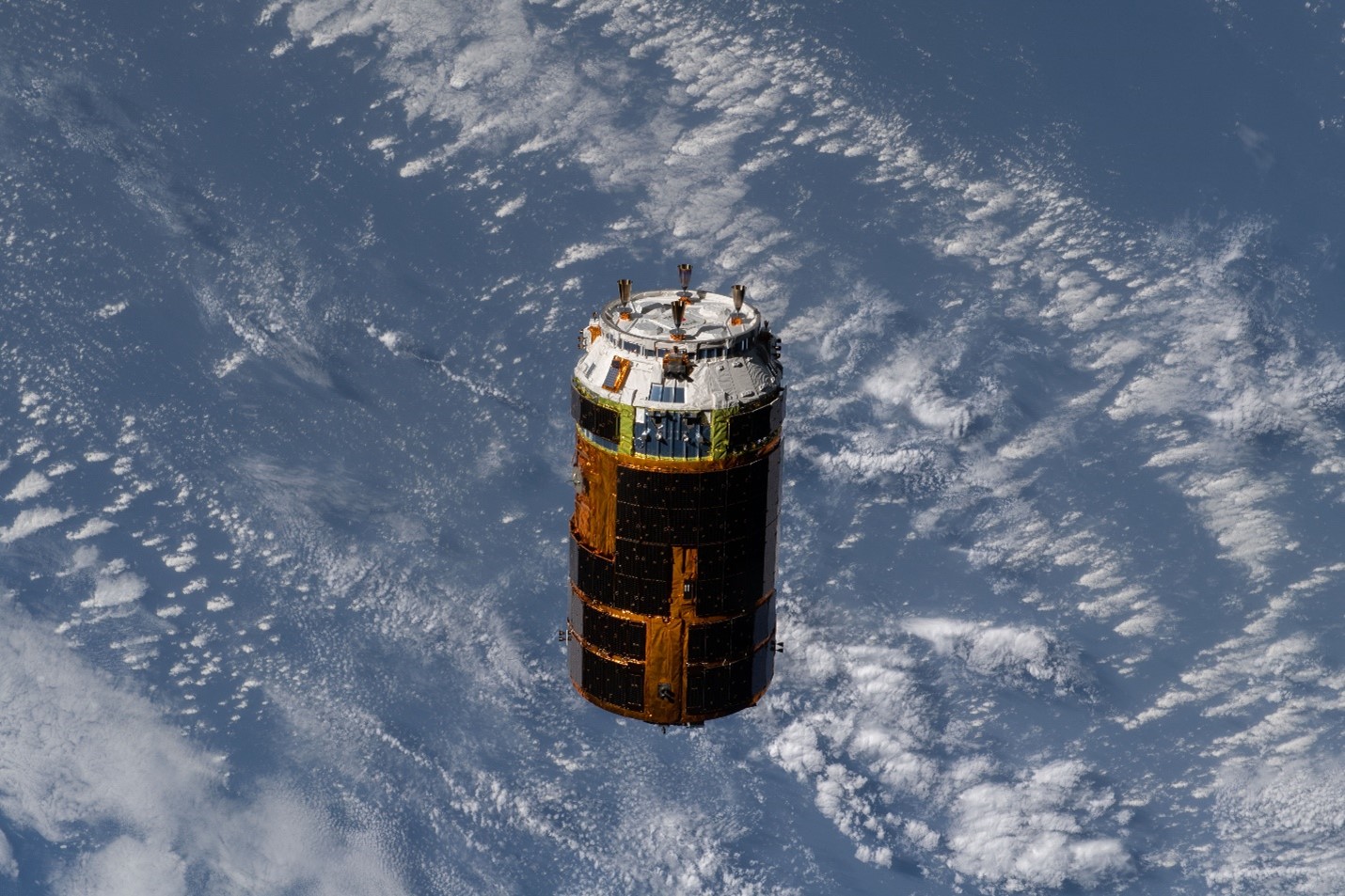
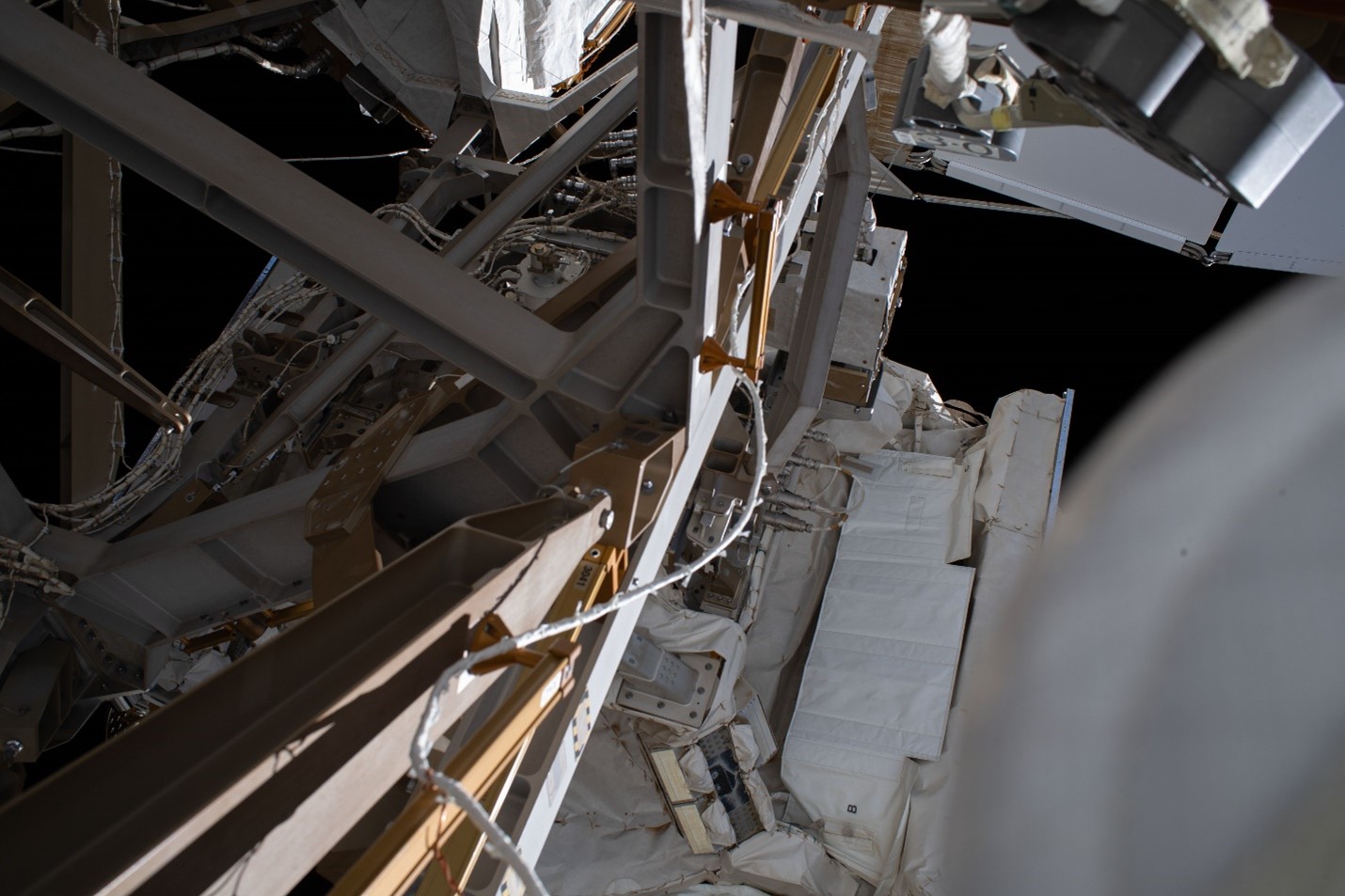
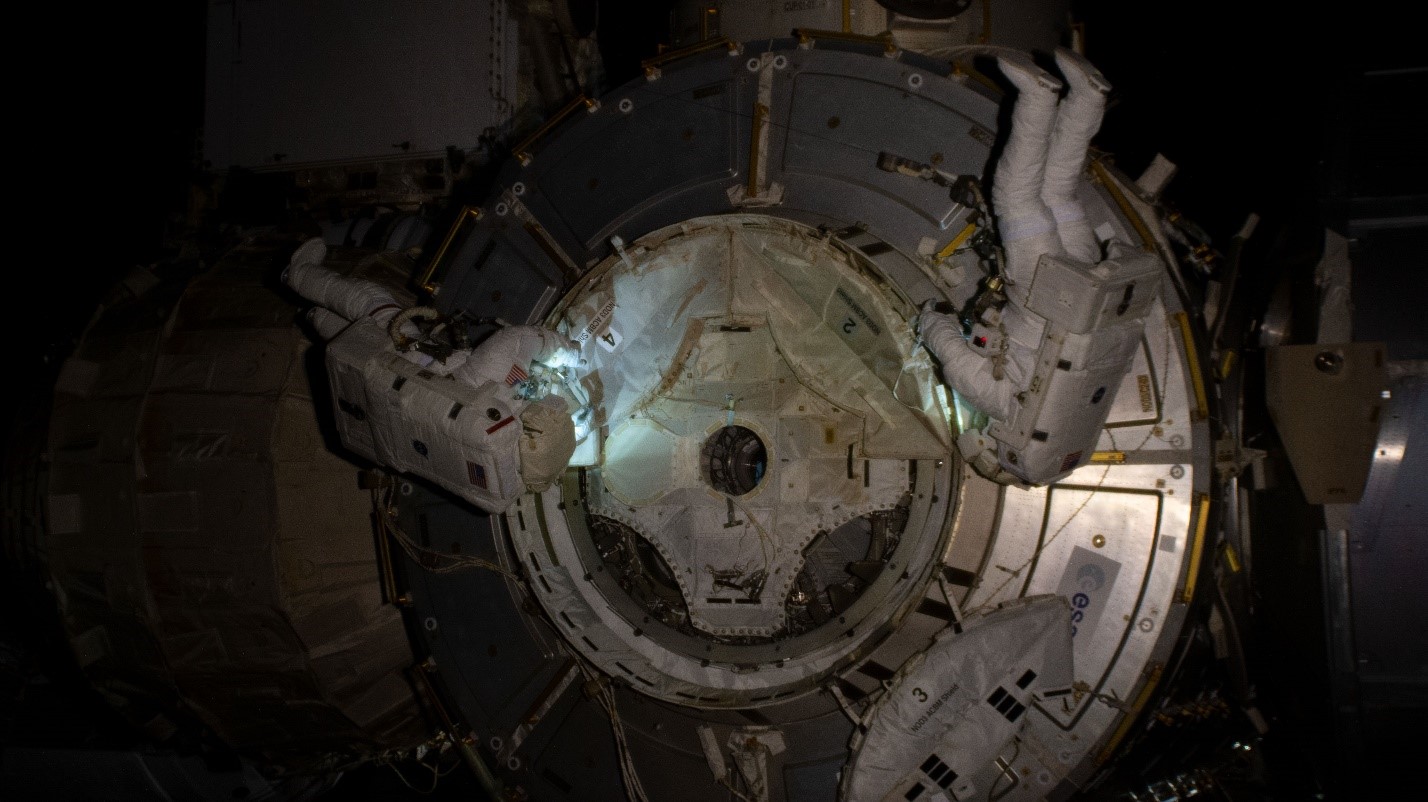
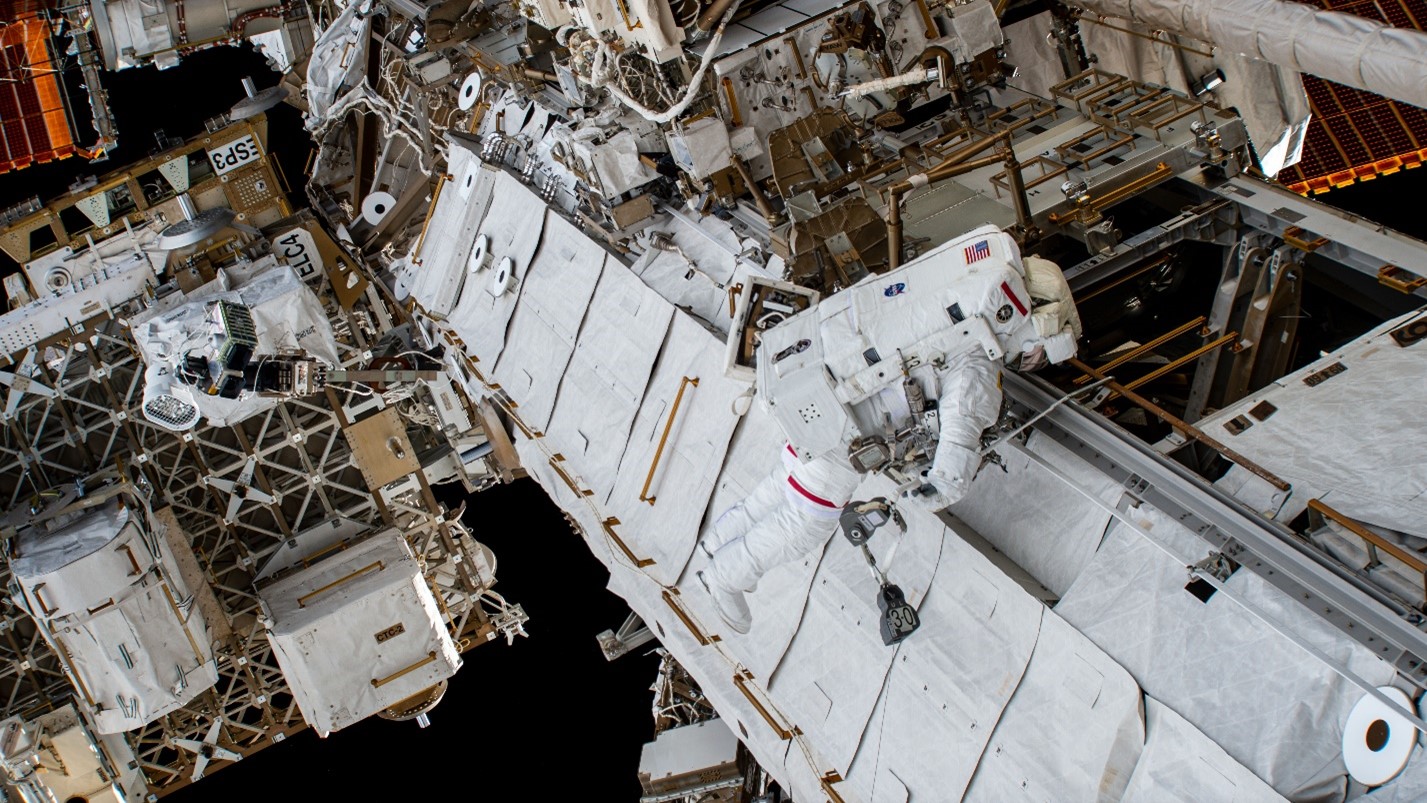
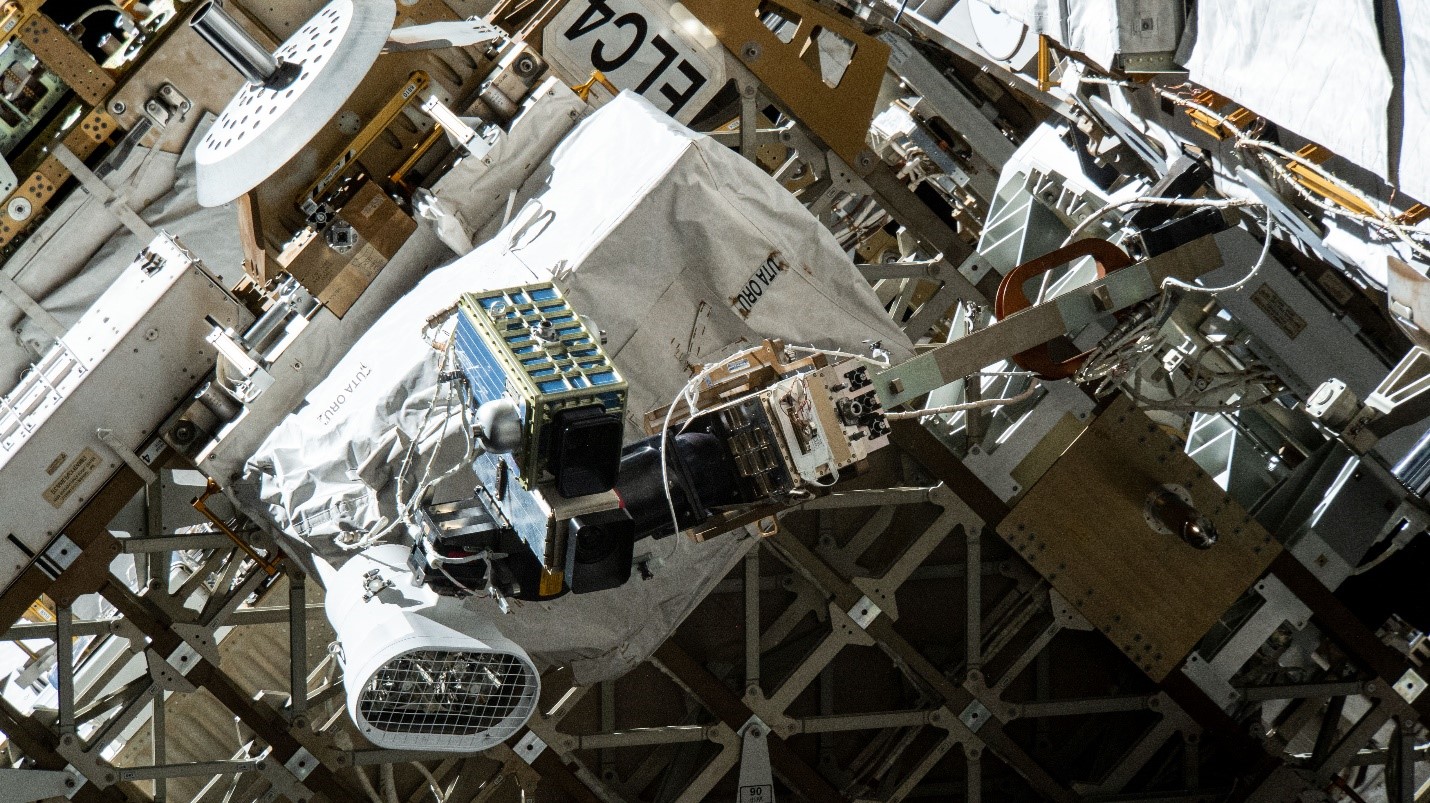
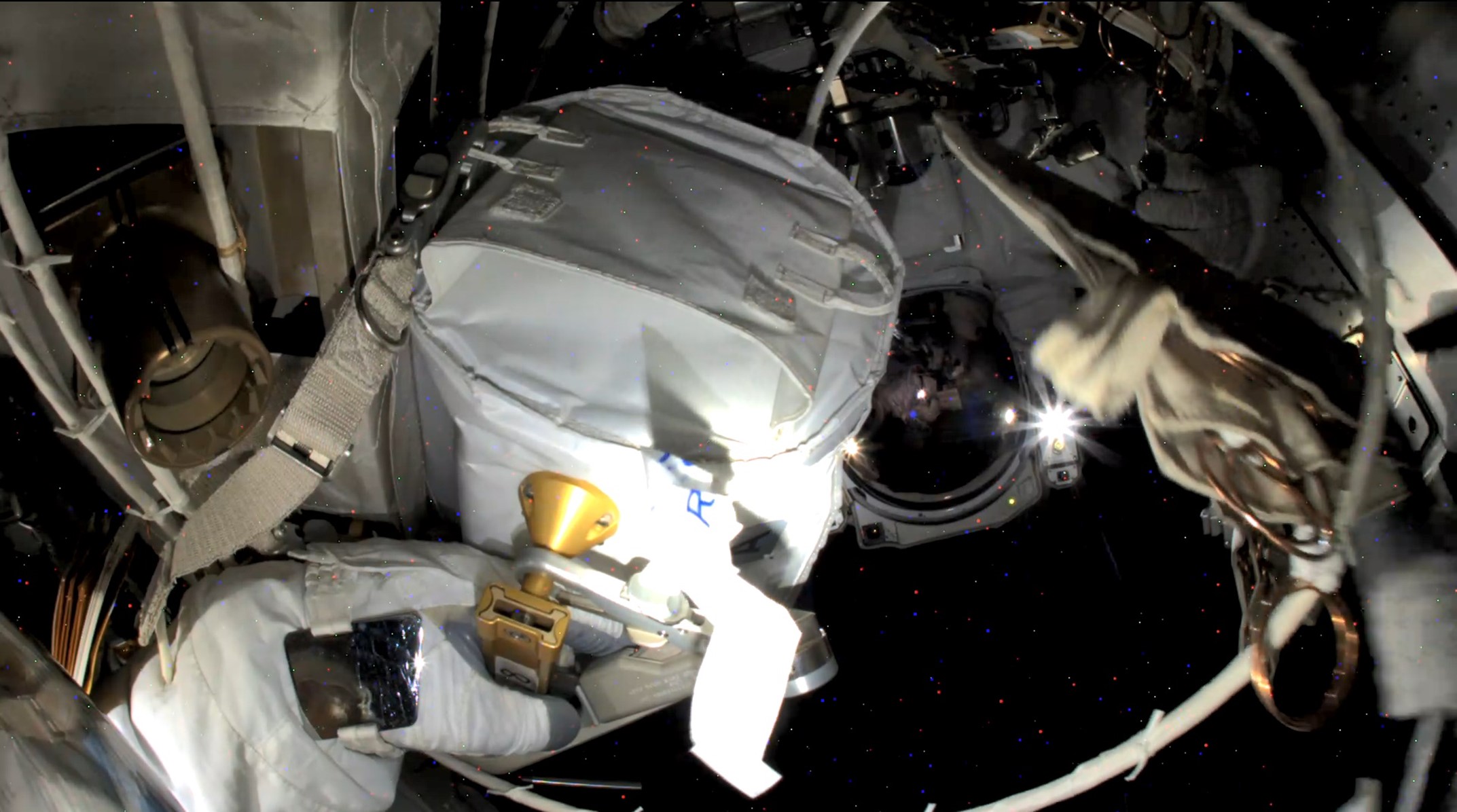

Add new comment